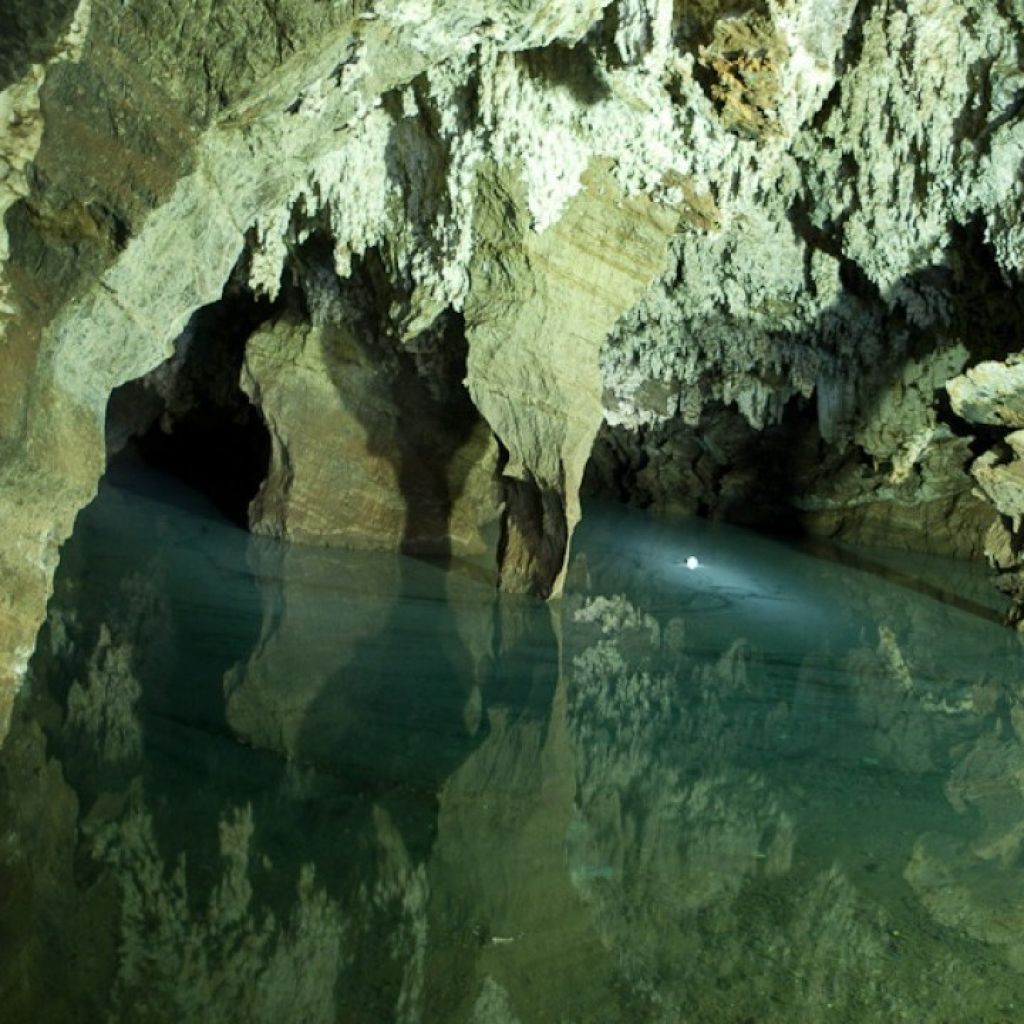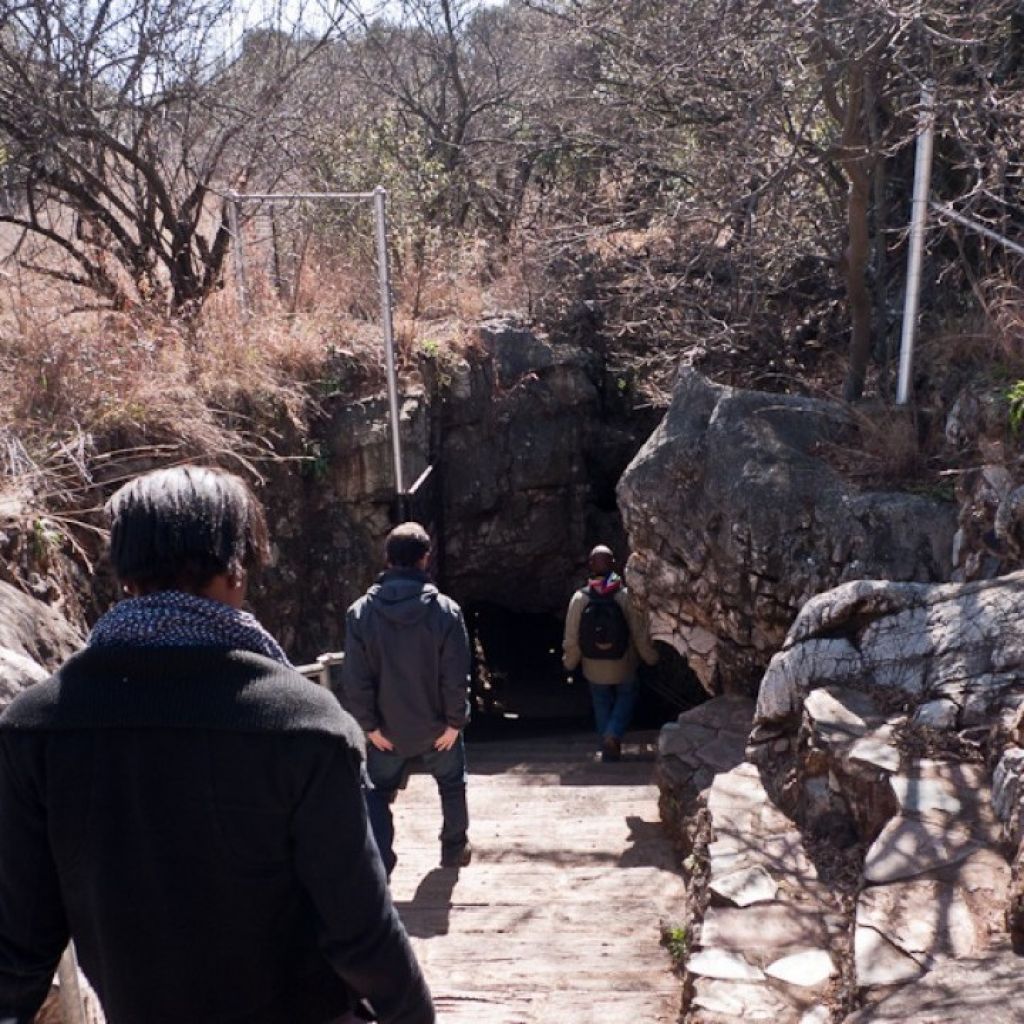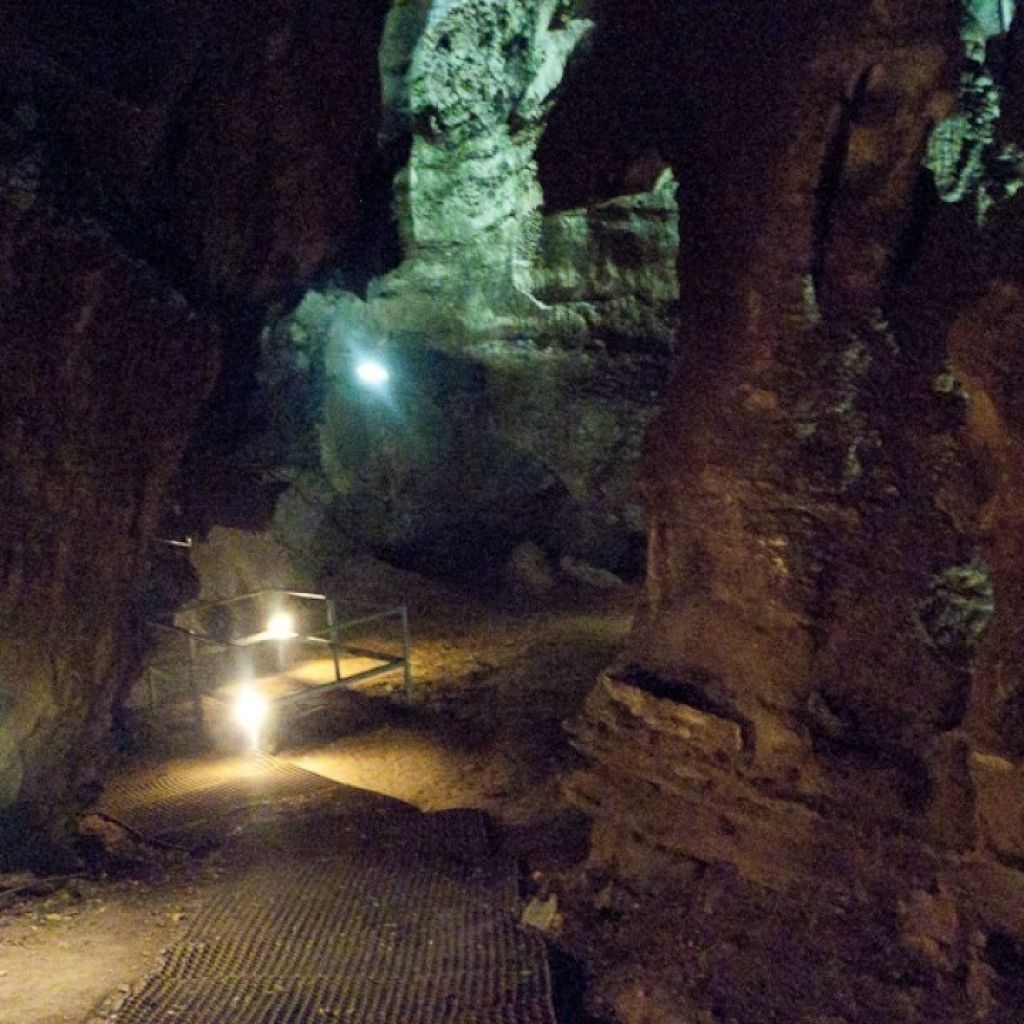Caving in – a brief history of the Cradle of Humankind

The Cradle of Humankind is a site of major significance to the fossil heritage of humankind. But how did it get to be so? How and why was this site discovered?
What technology and brain power lie behind the discoveries made there?
A relatively small piece of bushveld about 47,000ha in size, the Cradle of Humankind earned its prestigious title after a coincidence of seemingly unrelated factors exposed its treasure – a serendipitous intersection of geology, old-time mining and intellectual power.
Geology
It’s all about dolomite, found in substantial quantities in the sedimentary rock of the Cradle. Certainly, when it comes to the Cradle’s caves and their ancient relics, it’s a miracle mineral.
Without the presence of dolomite there would be no Cradle.
Dolomitic rock contains a large proportion of limestone that dissolves easily in water that is slightly acidic – as is the state of most groundwater. As the limestone dissolves, caverns of all sizes are formed in a process known as ”speleogenesis”.
Over the eons, external debris, a lot of which included the remains of mammals, entered the caves by accident or by force of nature.
This is where dolomite dons another hat, acting as keeper of the treasure that lies in the caves it helped to create. As the dolomite dissolves it leaves behind a deposit of calcium carbonate, which preserves the fossils in a concrete-like breccia.

Old-time mining
In the late 19th century, mining and agriculture established themselves as cornerstones of South Africa’s economy. This led to a period of boom for the Witwatersrand: settlers moved in, construction increased and farms were established.
Mining activity in what is now the Cradle sprung up at Kromdraai (7km from Sterkfontein Caves) and along the Blaauwbank River.
Increased mining, agriculture and construction projects led to increased demand for the lime found in limestone. This was used in the manufacture of cement and also as part of the building process. It was also used in agriculture to counteract soil acidity, and some farmers added lime to livestock feed to boost calcium levels.
Miners used the material to neutralise the acid used in processing gold.
Accessing the lime-caves called for big-time dynamiting, which exposed the entrances to the caves which, in turn, gave up their treasures to science.

Intellectual power and technology
A series of dazzling fossil discoveries at Sterkfontein Caves, the biggest of the Cradle’s caves, gave impetus to the argument for Africa as our place of origin. The most important fossil finds at this site are “Mrs Ples” in 1947 and “Little Foot” in 1995, by the Wise Men – Professor Robert Broom (“Mrs Ples”), and Professor Phillip Tobias and Professor Ron Clarke (“Little Foot”).
In 2008, Professor Lee Berger of the University of the Witwatersrand (Wits) brilliantly used the powerful tool, Google Earth, to identify new cave sites in the Cradle of Humankind. Berger noted clusters of alkaline (limestone)-loving trees such as the white stinkwood, Celtis africana, and the wild olive, Olea africana, and was able to identify 500 new, potential cave sites at the Cradle.
At Malapa Cave, the first of the new locations investigated, Berger’s son, Matthew, found another new species, Australopithecus sediba, possibly descended from Australopithecus africanus.
At present there are more than 30 fossil-bearing sites at the Cradle of Humankind, where scientists have uncovered a large amount of some of the oldest fossils in the world. Sterkfontein Caves alone has produced in excess of a third of the early hominid fossils ever found.